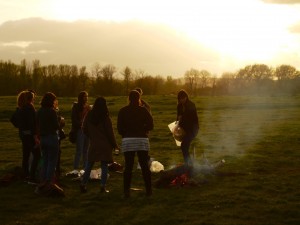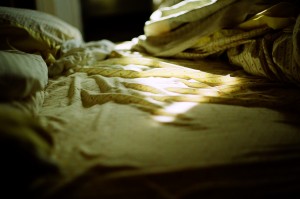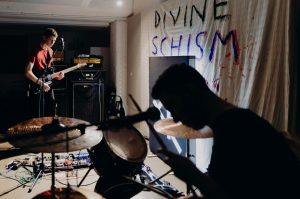
Notes on Port Meadow
by Thea Bradbury | December 7, 2015
Port Meadow stretches across two miles of north-west Oxford, bounded by the River Thames on one side and the railway line on the other. Walking along its length, you soon leave behind the din of the city centre; at the meadow’s northern edge, you can hear the bells of St Peter’s church in quiet Wolvercote. Oxford’s largest public green, with its complex history, is an ideal site for a whistle-stop tour of the city’s history – starting with the ponies roaming its pastures.
The Domesday Book lists the meadow as the property of the Freemen of Oxford, a group of businessmen that controlled trade within the city. Until 1835, only Freemen could elect members of the city council, and even afterwards, anyone who wanted to set up a business within the city limits had to pay a the group a fee. The Freemen, who only got around to admitting women in 2008, retain their ancient right to keep animals on Port Meadow to this day. Robert Lindsey, a Freeman since he was eighteen, explained to me that any non-Freeman wanting to keep animals on the meadow has to pay the group for the privilege, or risk having their chattels confiscated in an annual roundup. The freemen’s grazing rights do not always work to their advantage: Robert’s sister’s horse, Cedilla, was hit by a train after wandering onto the railway line. (Cedilla was later replaced by Bluebell, who, perhaps thanks to its more prosaic name, escaped similar misfortune.)
In the seventeenth and eighteenth centuries, people raced horses on the meadow. It was the site of an airfield during the First World War, a military camp in the Second. Things took a turn for psychedelic in 1986 with the arrival of one of the infamous Free Festivals – a kind of countercultural, do-it-yourself gathering that had its heyday in the 1970s and ’80s. Musical performances tended to be impromptu rather than pre-booked, audiences largely consisted of New Age travellers, and drugs were cheap and widespread. The festivals were correspondingly unpopular with the authorities: the year before the Port Meadow gathering, police attempts to block the Stonehenge Free Festival led to the ‘Battle of the Beanfield’, in which police claimed to have been attacked with petrol bombs. While Port Meadow attracted considerably less legal attention, it nonetheless embodied the shambolic spirit of the Free Festivals: the farmer who had agreed to host the event pulled out after the Beanfield controversy, and New Agers were left wandering the streets before pitching camp on Port Meadow for several days of drizzle, drugs and intermittent music, somewhat to the bemusement of the locals.
Port Meadow controversy flared up again in 2012, when the University’s Castle Mill graduate housing development faced a High Court challenge. The buildings, which are said to block views of Oxford’s skyline from the meadow and only had an Environmental Impact Assessment completed after they had already been built, were nominated for the Carbuncle Cup for the worst new building in Britain in 2013. In spite of ongoing opposition, ranging from an independent inquiry to a vote by the University’s Congregation on removing the top floors of the buildings, Castle Mill looks set to stay, becoming another episode in the meadow’s storied history.
Image: Martin LaBar (license)




